These year’s long holidays have been to southern Greece and I decided to take with me a recently purchased Ricoh FF9s and a roll of IR friendly Rollei 80s, along with a red filter. This is the story behind that decision, with some of my favourite shots from the roll.
I’ve been shooting film for many years, all of it with vintage cameras from the early 20th century up to the early 80s. During the last couple of years I sometimes take one of these film cameras on our holidays, usually a medium format folder or the compact Yashica FX3 Super 2000, along with my digital mirrorless, which I use with manual lenses. So it’s fair to say I’m not a fast photographer (not many ‘decisive moments’ for me). For many years (after I discovered Ebay, of course) I considered getting a compact camera with the idea of taking more spontaneous shots, bringing some unpredictability to my holiday snapshots, a bit Lomography style, but in the end I never quite did. Then last winter I got a Voigtlander Vito B as a birthday present and its small size and great lens re-kindled the desire of shooting more film and less digital.
Discovering Hamish’s site hasn’t precisely helped to put away my old interest in compact photography. So when preparing the trip to Greece I was tempted to take the Vito with me. Something that put me off though was having to pre-focus, which doesn’t help with snapping away. More importantly, with the distances on the focus ring being in feet I have to spend some time doing the maths into metric and by the time I’m done my wife’s smile has turned into a less photogenic expression. So that got me thinking again about compact cameras and, after a bit of research and a spontaneous winning bid I soon received a Ricoh FF9s.
The Ricoh FF9s
The Ricoh FF9s was released in 1990 sporting a 35mm f3.5 lens, 4 elements in 4 groups. What attracted me to it was the different exposure modes that it’s capable of (I guess I’m not yet ready to give up control over exposure completely). These modes are:
- Panorama: infinity focus (no flash).
- Night photography mode: infinity focus (no flash) at ¼th of a second at f3.5 (with ISO 100).
- TV Mode: 1/30th at f4 (again, no flash).
- Continuous Shooting: as the tin says.
- Interval Shooting: 1 frame every 60 seconds.
- Multiple Exposure: again, as the tin says.
So not bad for a point and shoot. Even though there’s no specific flash-off mode, using the infinity focus lock is a good compromise if you don’t want to use faster film, or don’t want to rate fast film as their box speed. I also thought I could use the multiple exposure to have some fun and get something different than the pictures I usually take with my digital camera. And the TV Mode seemed also useful to take some shots without flash, maybe interiors or at dusk.
A roll of Rollei 80s
Thinking about what films I could take in order to get something different, Rollei 80s came to mind as it’s a film I’ve been shooting regularly for the last few years. I wondered whether the TV mode would provide enough overexposure with a red filter in front of the lens. So I did a very quick and probably inaccurate calculation of how many stops of overexposure 1/30th at f4 represent on a sunny day with a film rated at 100 ISO (the camera’s native ISO for non DX coded film). Would it be enough? Would it be too much? In the end I decided not to worry, take it along, have fun and hope for the best. And boy, was I (pleasantly) surprised!
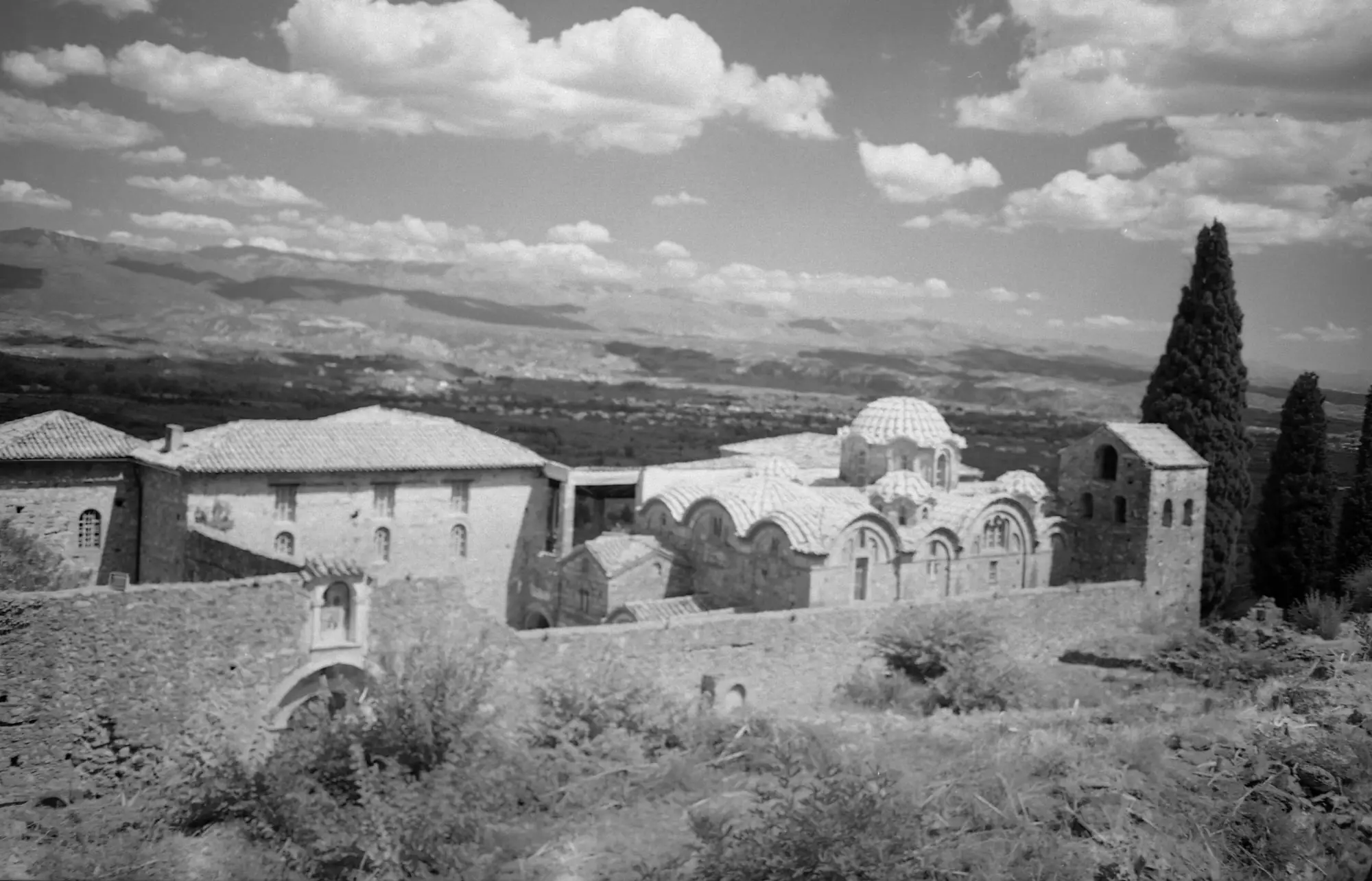
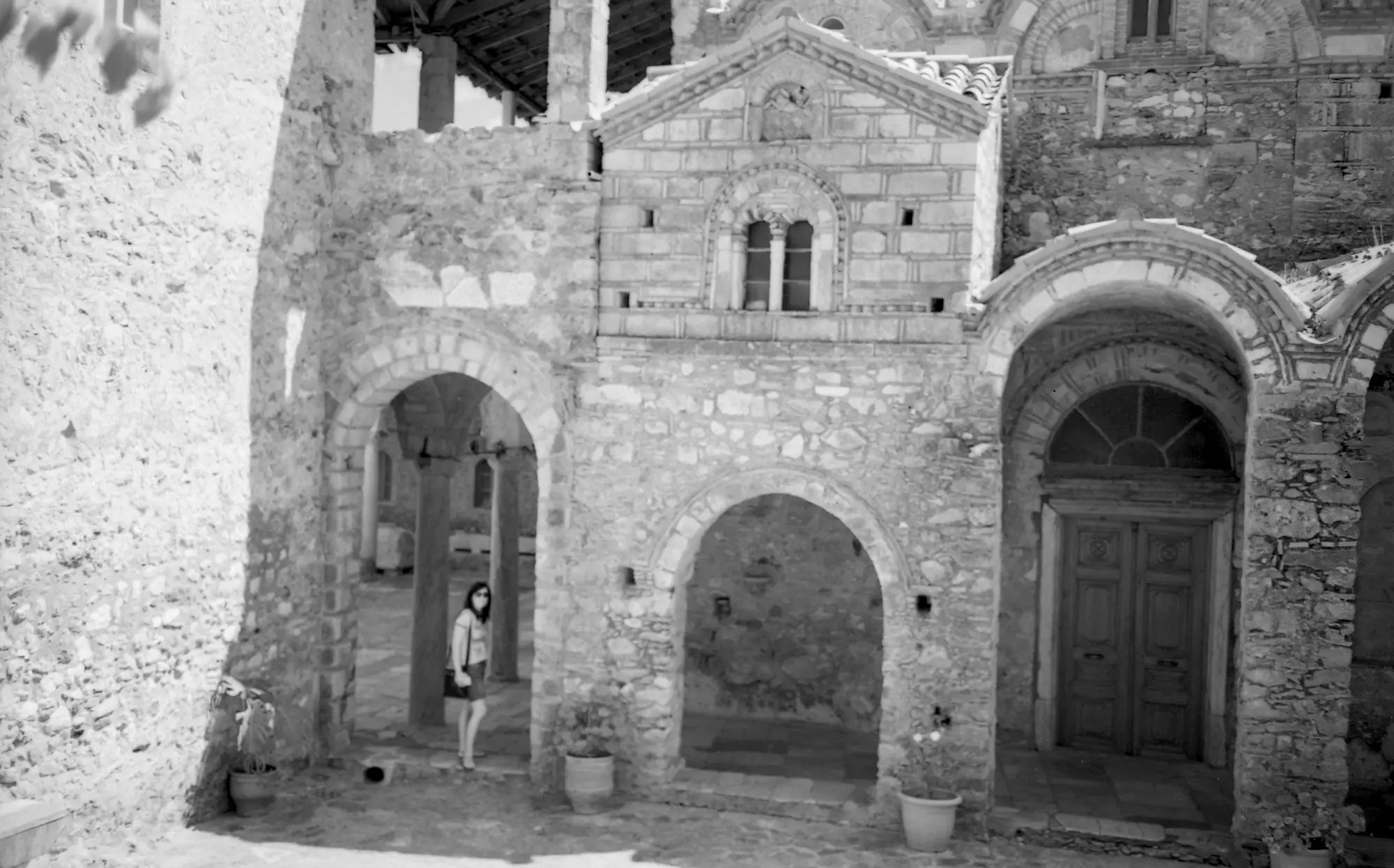
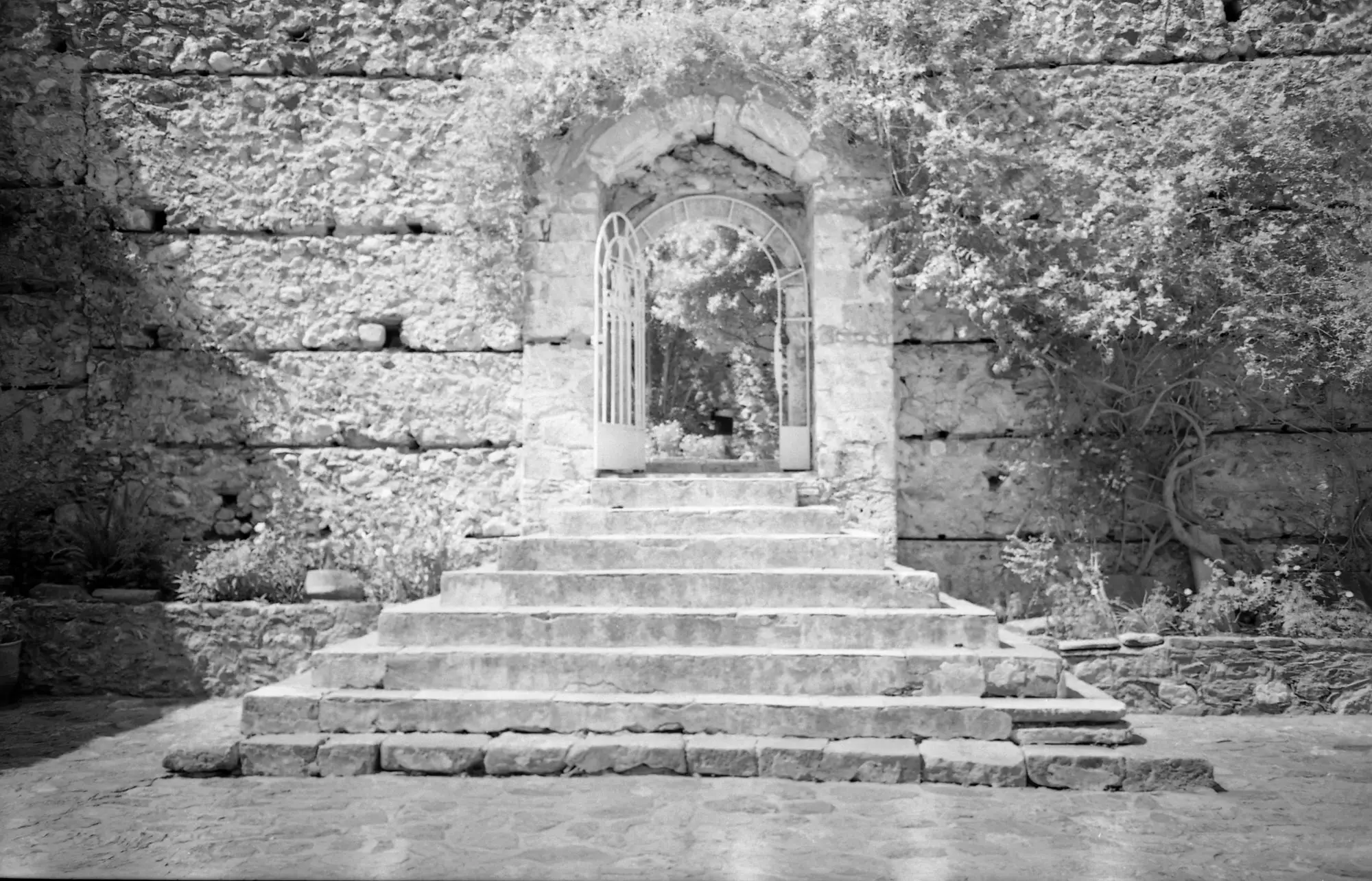
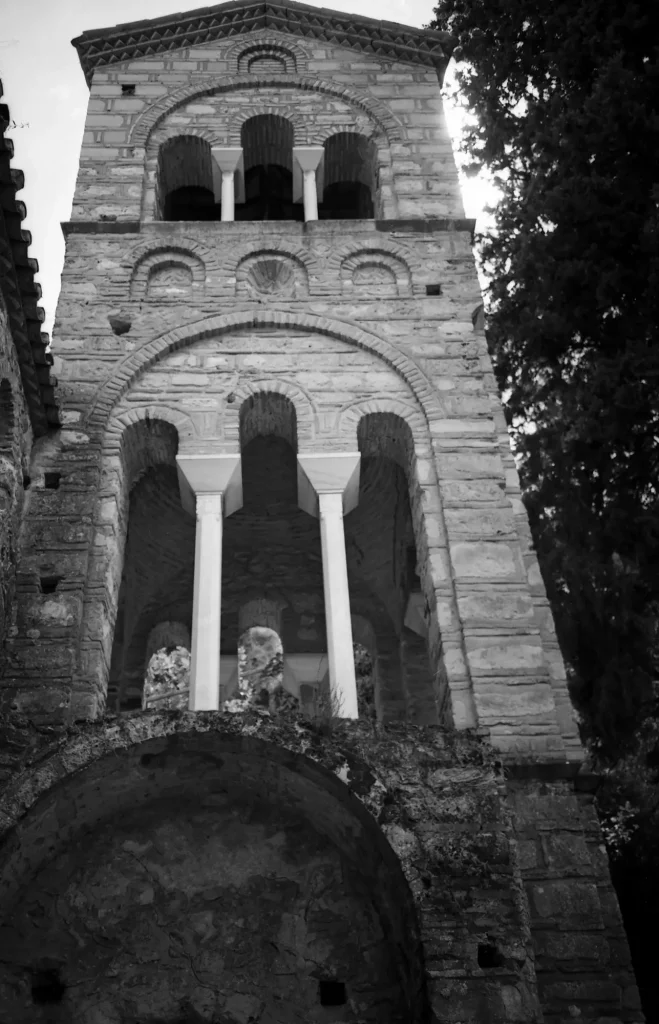
Granted, most of them are not super sharp, as 1/30th is a bit slow if you’re not careful and holding a 55mm red filter in front of the lens didn’t help, I guess. A few of them are a bit skewed too but they show the characteristics of IR film, a bit of wood effect, darker skies and, more visibly on the portraits, pale and ghostly faces.
The ones that are sharper show a very capable lens, especially at closer distances. It seems too me that the level of overexposure was right to work with a simple red filter under the Greek sun. Since I didn’t want to mess up development I cut a piece of the film to develop first, willing to sacrifice one frame. Luckily though I had cut between frames! What are the chances?
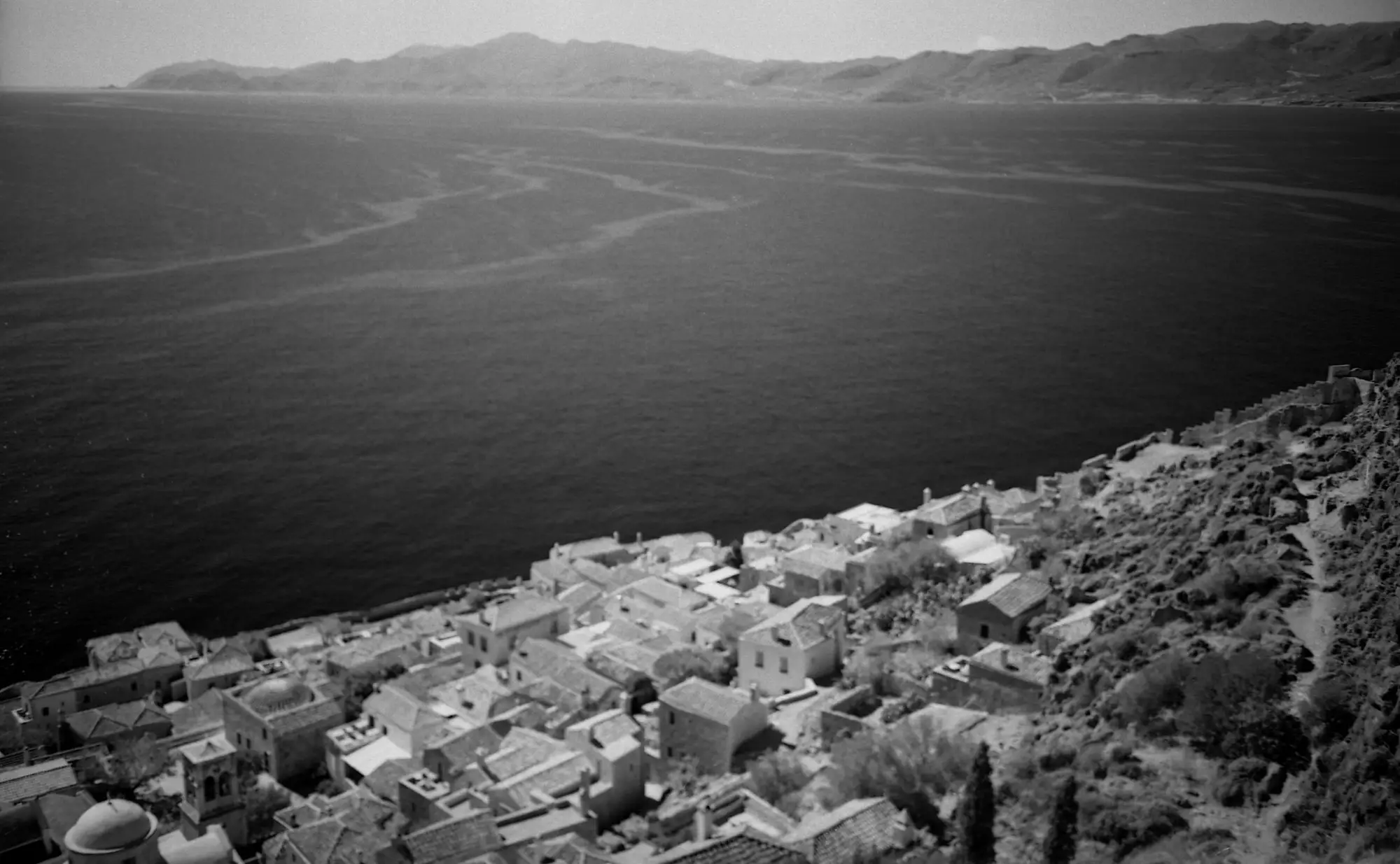
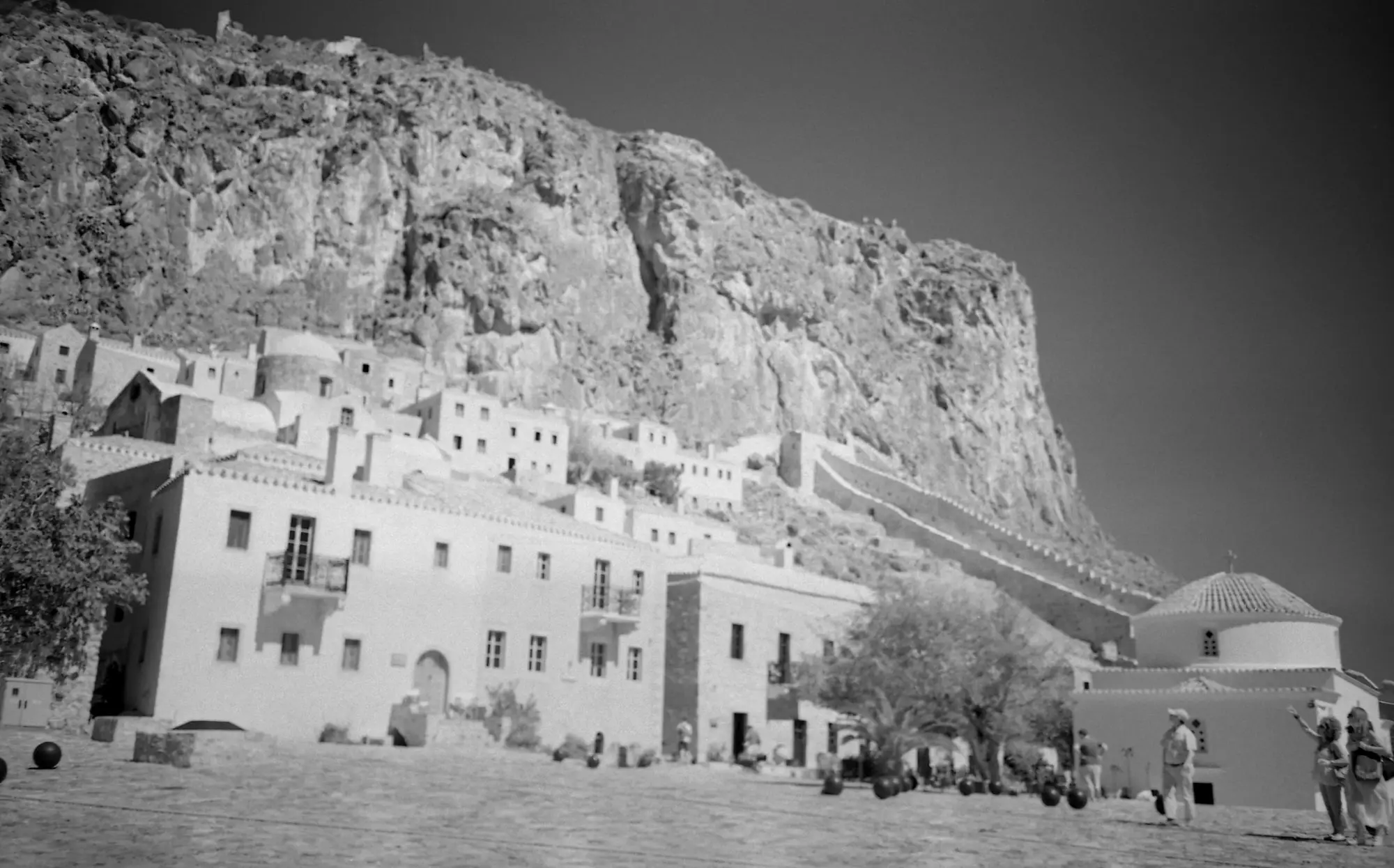
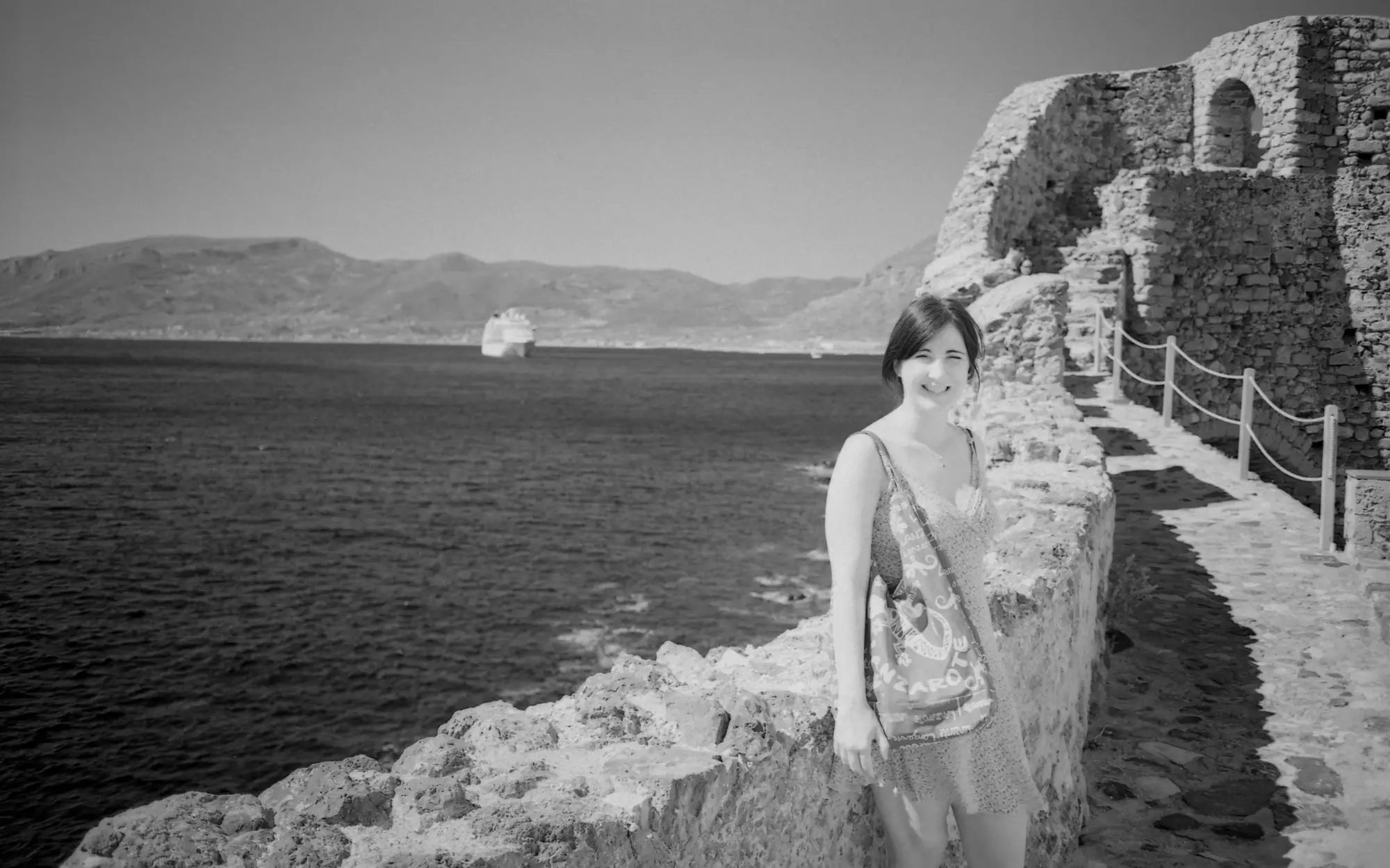
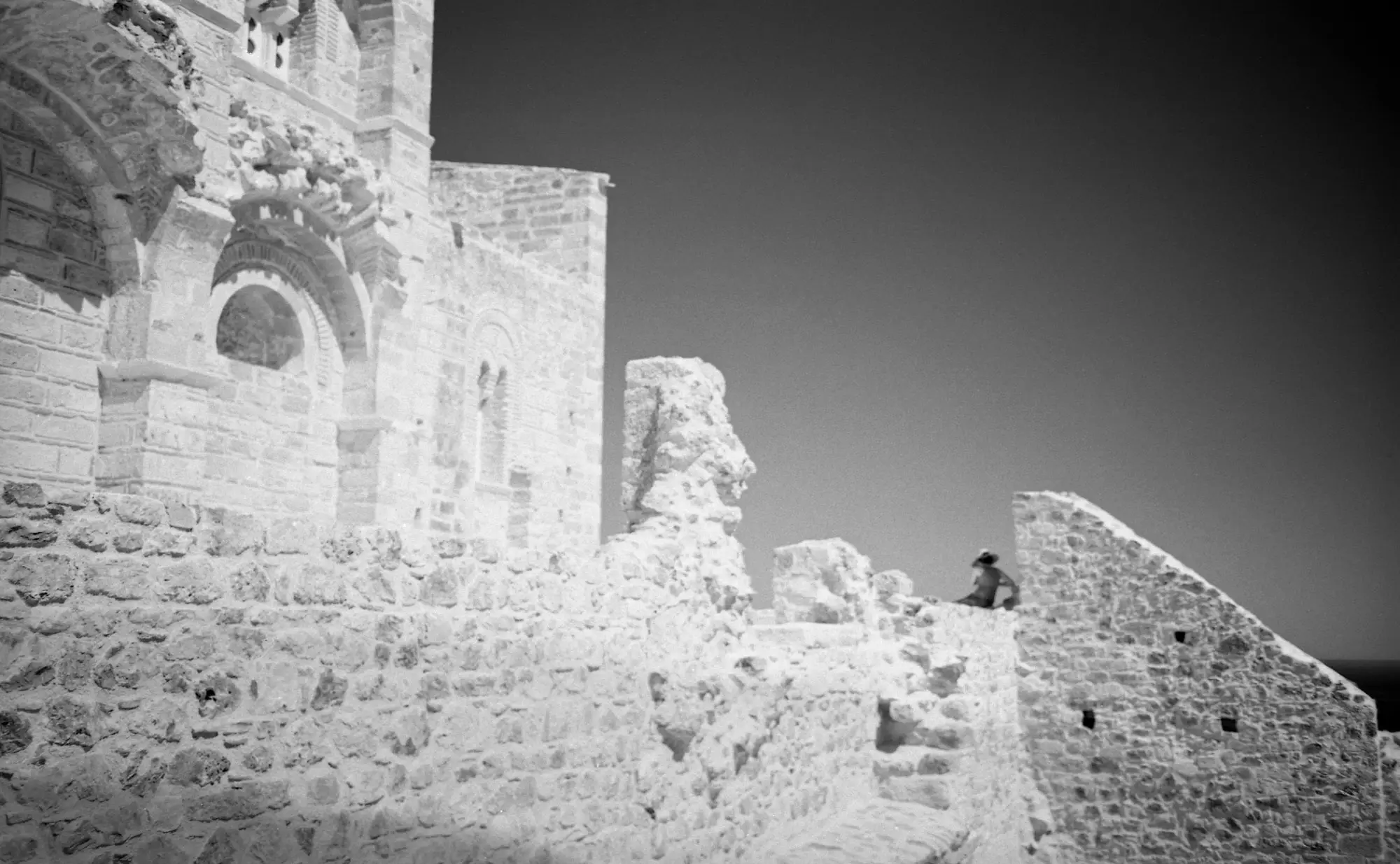
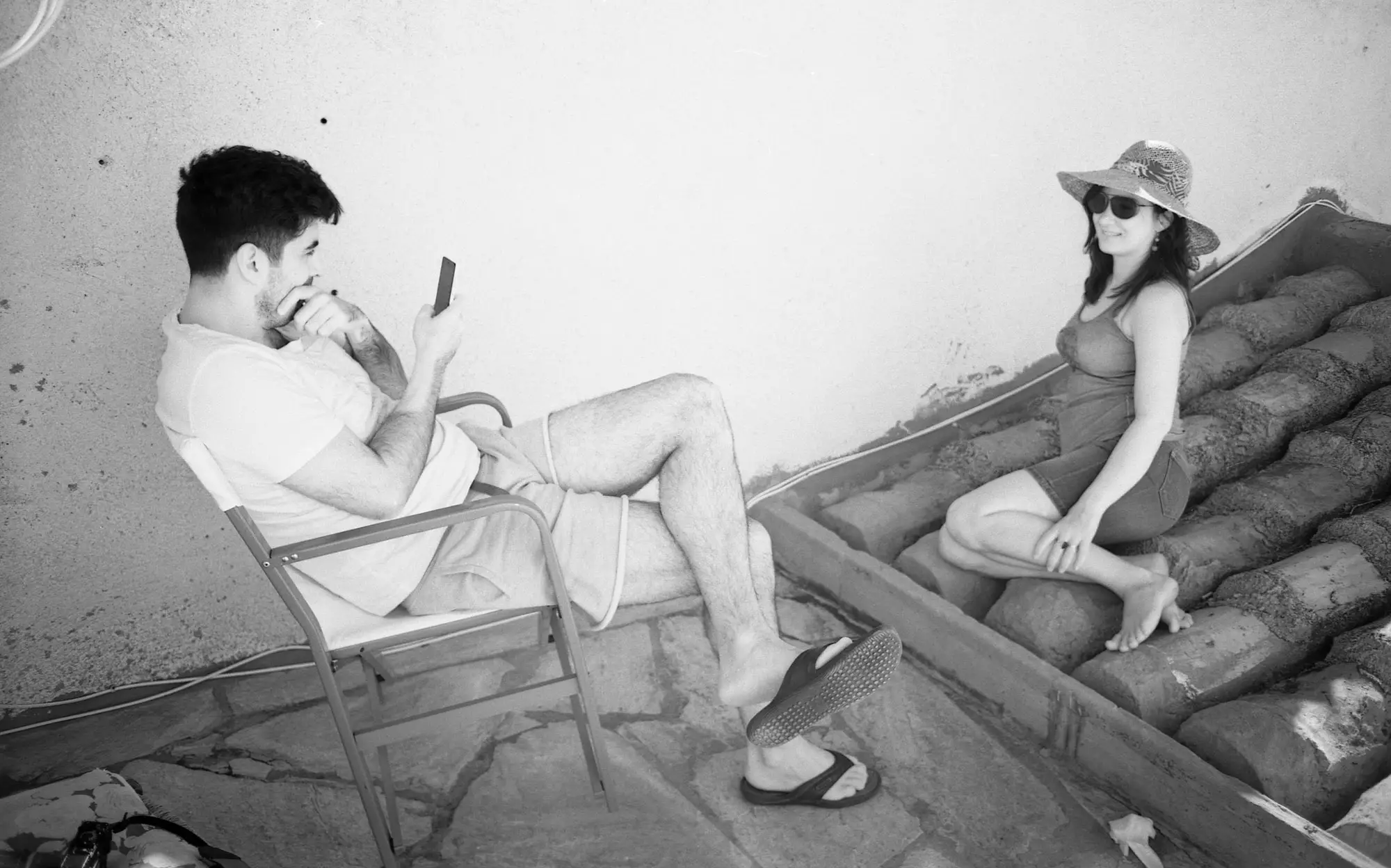
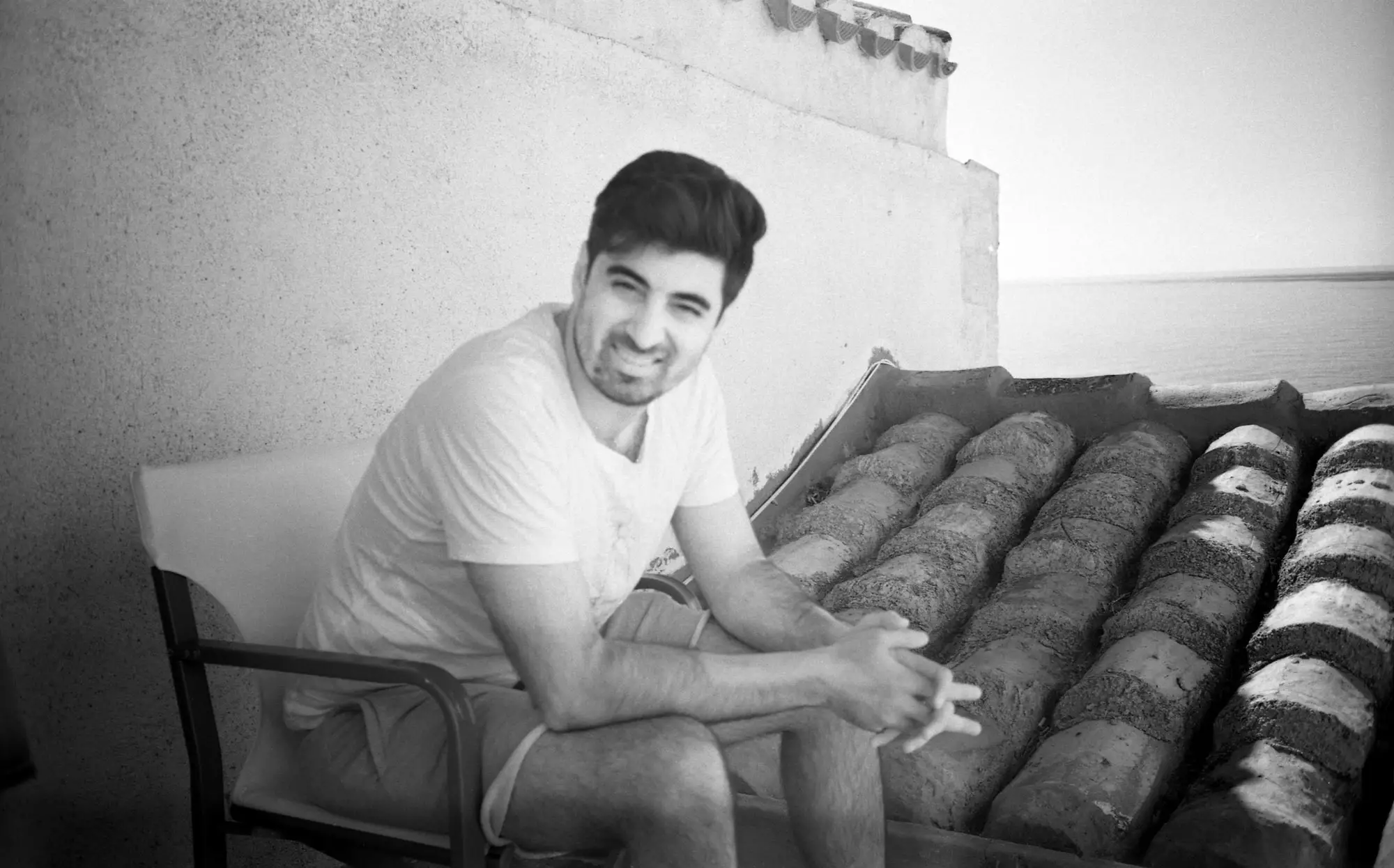
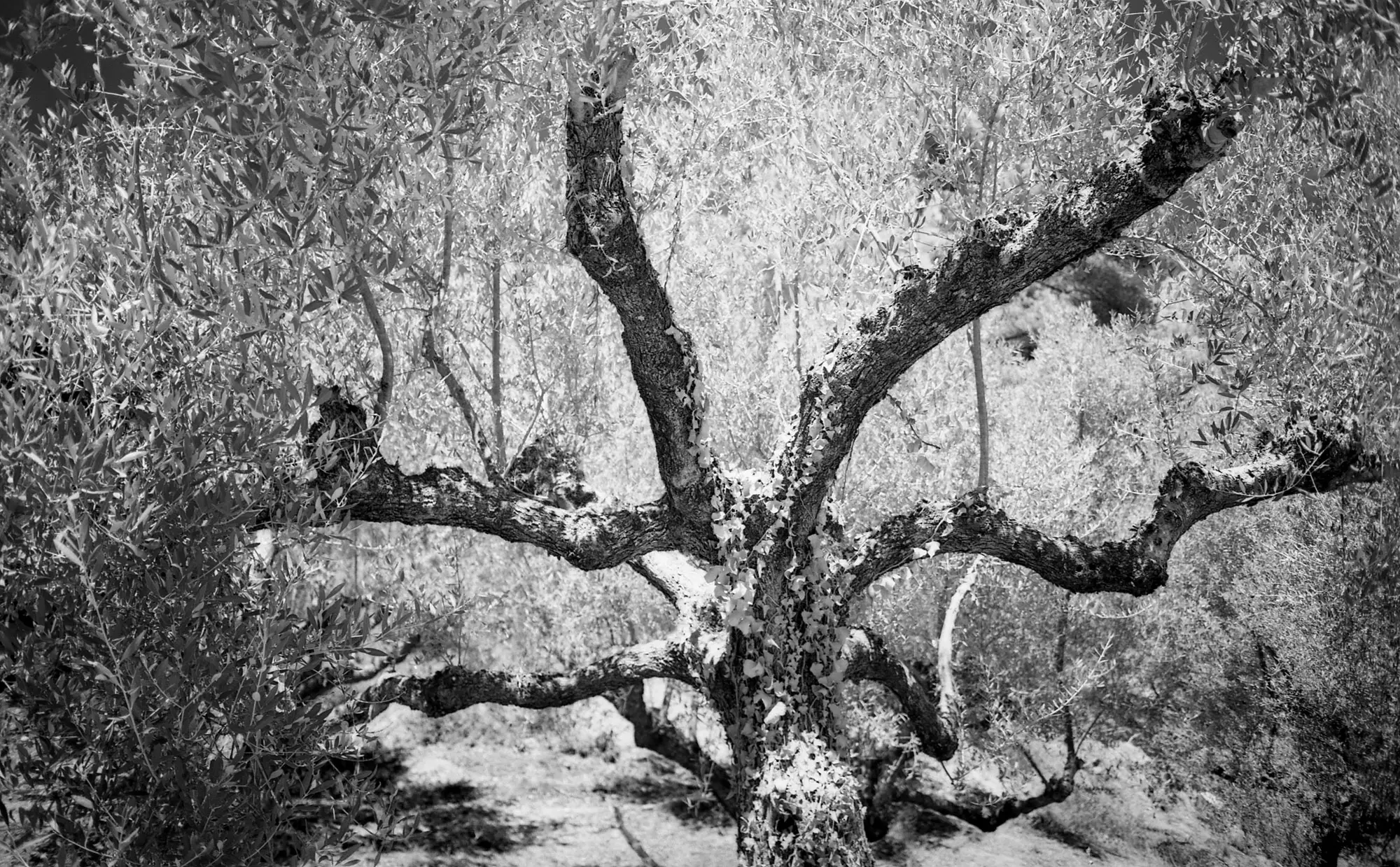
To conclude, I’m really satisfied with how the little experiment with the Ricoh FF9s came out, especially since I wasn’t 100% sure I’d get anything usable, and this is precisely the kind of ‘something different’ pictures I was after. Now I can’t wait to have developed the Lomochrome Purple and Rollei CN200 that I also shot with the Ricoh. The only negative I can think of is that this success has set a dangerous precedent, and I’m already keeping an eye open for other interesting compact cameras out there…
If you want to see some of my work (not holiday related) please visit my website at www.ivanbpalli.com. And thanks to Hamish for having my wee article on his blog!
Share this post:
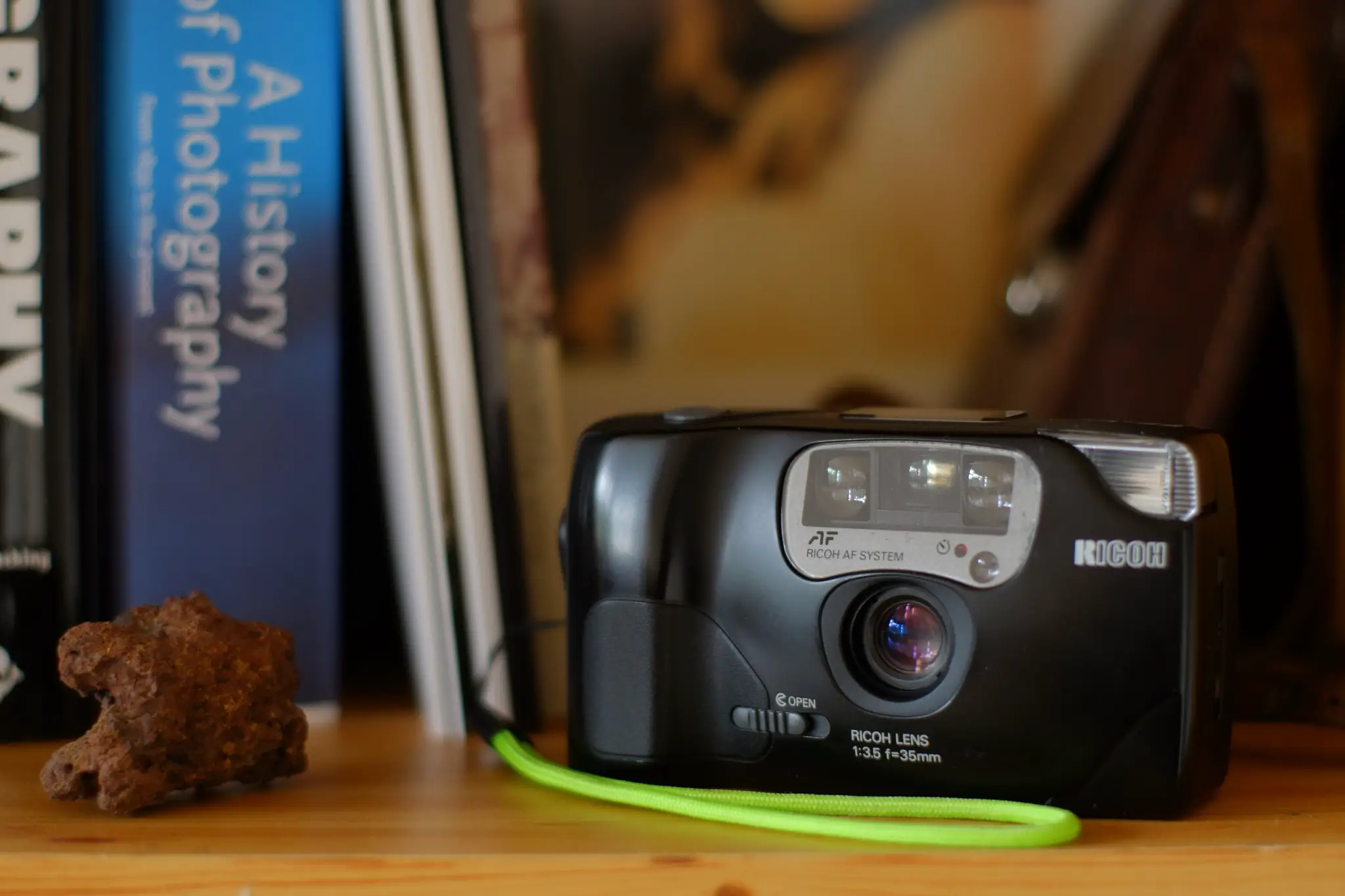








Comments
anil mistry on Ricoh FF9s Review – with a roll of IR friendly Rollei 80s – by Ivan B. Palli
Comment posted: 08/10/2016
Comment posted: 08/10/2016
George Appletre on Ricoh FF9s Review – with a roll of IR friendly Rollei 80s – by Ivan B. Palli
Comment posted: 08/10/2016
There's actually much more fun if not knowing what exactly you're going to get.
Comment posted: 08/10/2016